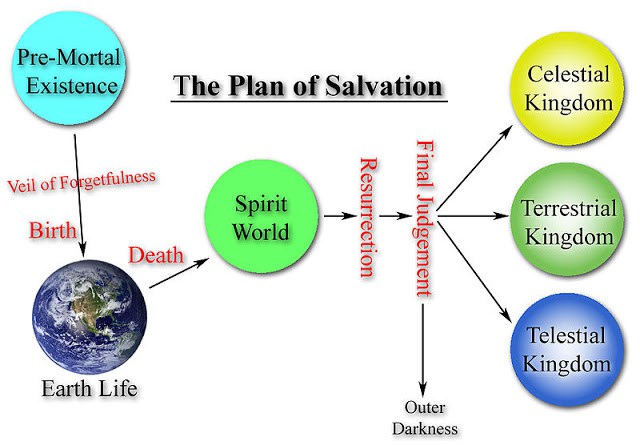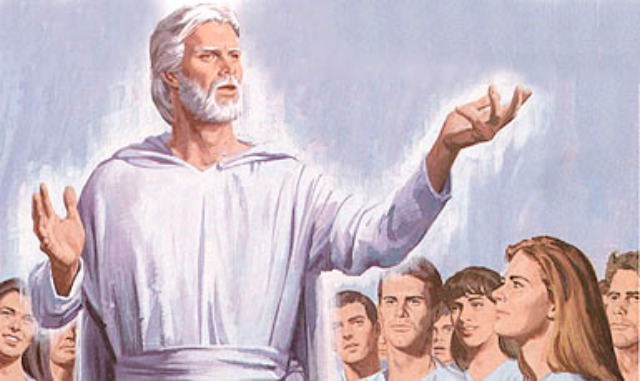Question
Dear Gramps,
I read about this phrase suggesting a possible destiny for God’s children: As man now is, God once was; as God now is, man may be. Can you elaborate further on this phrase, please? So, does this mean that God was once a man just like us, but because of His faithfulness and obedience, He became God?
-Arcee
Answer
The belief that God was once a man has profound implications for understanding His nature. It suggests that God is not only a distant creator but also a being who has experienced mortality and understands human struggles. This perspective can build a deeper relationship between believers and God, as it emphasizes His empathy and understanding of the human condition.
Moreover, this belief challenges the notion of a static God. Instead, it presents a God who has progressed and continues to work toward the exaltation of His children. This dynamic view of God encourages believers to strive for personal growth and development, knowing their Heavenly Father has walked a similar path.
The second part of Snow’s couplet, “As God now is, man may be,” emphasizes the potential for humanity to achieve divine attributes. This belief instills hope and purpose in the lives of believers, encouraging them to pursue righteousness and spiritual growth. It suggests that the ultimate goal of life is not merely to follow commandments but to become like God in character and glory.
This doctrine also reinforces the importance of family and relationships within Latter-day Saint theology. The belief in eternal families and the potential for exaltation emphasizes the significance of familial bonds and the role of marriage and parenthood in achieving divine potential. It encourages individuals to cultivate love, service, and compassion in their relationships, reflecting the attributes of God.
Despite its richness, this doctrine is often met with skepticism and misunderstanding, particularly from those outside the Church. Critics may argue that the idea of God once being a man diminishes His divinity or contradicts traditional Christian beliefs. However, Latter-day Saints assert that this belief does not detract from God’s greatness; rather, it enhances the understanding of His love and desire for His children to progress.
Furthermore, the belief in deification is not about replacing God or becoming equal to Him in power but rather about becoming like Him in character and attributes. This distinction is crucial in understanding the relationship between God and humanity. As President Gordon B. Hinckley stated, “This lofty concept [deification] in no way diminishes God the Eternal Father. He is the Almighty.”
Lorenzo Snow’s couplet, “As man now is, God once was; as God now is, man may be,” encapsulates a profound and distinctive belief within The Church of Jesus Christ of Latter-day Saints. It invites believers to explore the nature of God and their potential for exaltation. While the first part of the couplet may not be explicitly stated in scripture, it is supported by teachings from early Church leaders and aligns with the broader theological framework of Latter-day Saint beliefs.
Understanding this doctrine encourages a deeper relationship with God, fosters hope for personal growth and emphasizes the importance of family and relationships. As believers strive to become more like God, they are invited to embrace their divine potential and work toward a future of exaltation and glory.
In a world often filled with uncertainty and doubt, the teachings surrounding Snow’s couplet offer a message of hope, purpose, and the promise of eternal progression.
Related Articles:
Are there any scriptures for Lorenzo Snow’s couplet?
Where does it say we can become like God?
Was Heavenly Father once a mortal man?
Gramps







